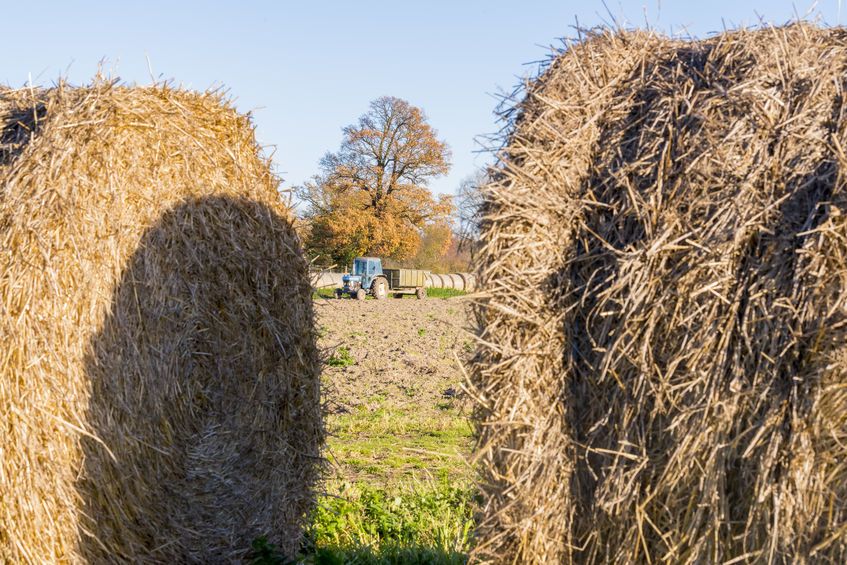
Farmers can develop a positive health and safety culture within their business by using the New Year as a time to review procedures and put plans in place for any training required by employees and family members.
This is according to rural firm Strutt & Parker, who highlight that figures from the Health and Safety Executive show that in 2018/19 a total of 39 people in Britain were fatally injured in an agricultural incident.
Many more have been seriously injured or made ill by their work.
Robert Gazely, health and safety expert with Strutt & Parker, said: “The New Year is a prudent time to review the policies and procedures in place, to make sure risk assessments are up-to-date and that steps are being taken to bring about a positive health and safety culture among all workers.”
Risk assessments should be reviewed annually as a minimum, but also whenever a new piece of equipment is purchased or an incident occurs that highlights there is a need for a safety review, he explained.
“Employees should be encouraged to give their input whenever risk assessments are reviewed and the results must be clearly communicated to all workers,” he said.
“The goal is that safe and healthy working practices should be the norm within your team and one way of making that happen is to engage people in discussions about managing risk.
“It will also help to identify what training is required and where employees would benefit from refresher training to keep existing qualifications up to date.”
Other checks include confirming that engineering and lifting equipment inspections, portable appliance and hardware electrical testing, tree surveys, asbestos management plans and fire extinguisher servicing are all up to date.
Mr Gazely said while farmers have a legal duty to protect the health and safety of their workers, there were also wider benefits of taking a proactive approach.
“It benefits employee competence which can improve productivity, raise morale and produces a happier and healthier workforce,” he said.
“From a business perspective, it helps to avoid accidents, safeguards against financial sanctions and reduces the inconvenience and costs associated with work-related ill health, such as bad backs and respiratory diseases.”
